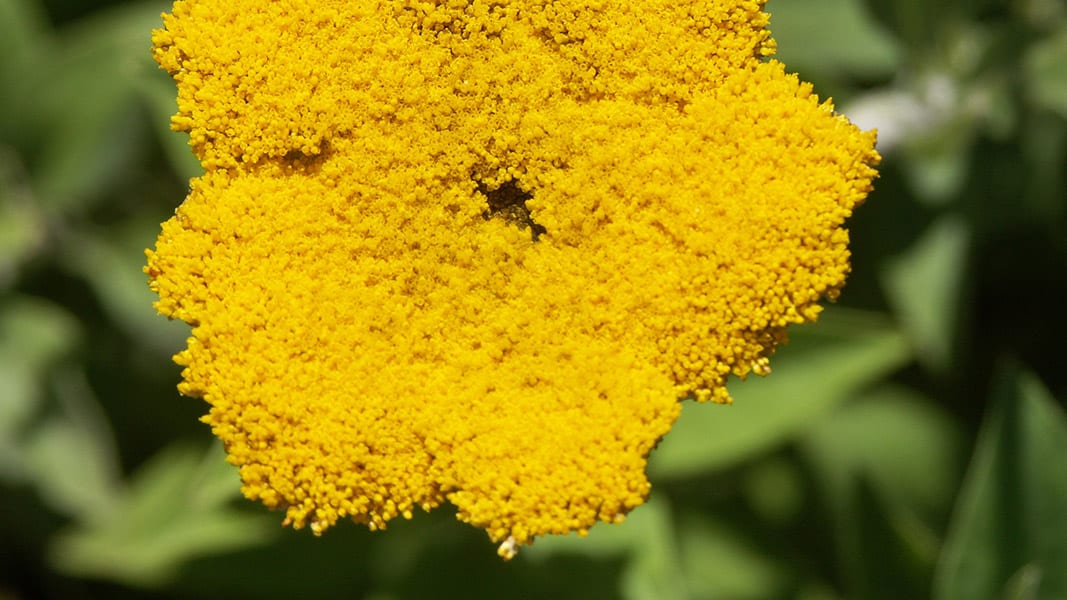The Surprising Link Between Cannabis and a South African Shrub
Unveiling the Cannabinoid Connection
Table of Contents
- Unveiling the Cannabinoid Connection
- A History of Botanical Intrigue
- A New Perspective on Cannabinoid Production
- Unlocking the Secrets of Phytocannabinoid Synthesis
- Exploring the Future of Phytocannabinoids
- A Deep Dive into a Unique Cannabis Relative
- The Future of Woolly Umbrella Research
- Unlocking the Potential of Plant-Based Medicine
- References
- The Ever-Evolving World of CBD: A Guide to Navigating the Market
- Understanding the Basics: What is CBD?
- Navigating the CBD Market: Key Considerations
- 1. Source and Extraction Method
- 2. Third-Party Lab Testing
- 3. Product Type and Dosage
- 4. Brand Reputation and Customer Reviews
- Finding Your Perfect CBD Match
Cannabis flowers are renowned for their unique collection of molecules known as cannabinoids. These compounds, responsible for the plant’s diverse effects, have captivated researchers and consumers alike. However, recent discoveries suggest that cannabinoids aren’t exclusive to cannabis. A fascinating study by Israeli scientists at the Weizmann Institute revealed the presence of cannabigerolic acid (CBGA) and other rare cannabinoids in a South African shrub known as Helichrysum umbraculigerum, commonly called the woolly umbrella. Learn more about the fascinating world of cannabinoids here.
A History of Botanical Intrigue
The chemical peculiarity of Helichrysum was first noted by Ferdinand Bohlmann and Evelyn Hoffman in a 1979 paper published in *Phytochemistry*. They analyzed H. umbraculigerum, native to the eastern part of South Africa, where it has been traditionally used for medicinal purposes and fumigation rituals. Bohlmann and Hoffman asserted that the plant’s leaves and flowers produce cannabis-specific compounds. However, a subsequent study by Italian researchers in 2017 failed to detect CBG or its acidic precursor in H. umbraculigerum flowers. They did, however, identify an analog of CBG known as Heli-CBG (also found in some fiber hemp varieties), which binds to the CB2 cannabinoid receptor. Discover the diverse applications of hemp here.
A New Perspective on Cannabinoid Production
In a groundbreaking 2023 article published in *Nature Plants*, Weizmann Institute scientists confirmed that woolly umbrella produces CBGA in trichomes on its leaves, but not on its flowers. This contrasts with cannabis, where CBGA and other cannabinoids are concentrated in trichomes on flower tops. The researchers also discovered that H. umbraculigerum possesses a similar cannabinoid transport network on its leaves as seen in cannabis.
Unlocking the Secrets of Phytocannabinoid Synthesis
To understand how woolly umbrella produces CBGA, the Israeli scientists fed the shrub precursor compounds responsible for making cannabinoids in cannabis. When given two precursors (hexanoic acid and phenylalanine), the shrub produced more cannabinoids compared to plants fed regular nutrients. This indicates that the same biosynthetic pathway exists in both cannabis flowers and woolly umbrella leaves.
The woolly umbrella shrub naturally produces over 4% cannabigerolic acid alongside other rare cannabinoids on its leaves. Notably, it also contains water-soluble cannabinoids, which are absent in cannabis. This suggests that the two plant species have evolved distinct toolboxes for cannabinoid phyto-synthesis. While cannabis flowers primarily produce lipophilic compounds like terpenes and flavonoids, H. umbraculigerum develops a complex array of flavones and water-soluble cannabinoids.
Exploring the Future of Phytocannabinoids
These findings open up exciting possibilities for exploring new sources of cannabinoids and understanding their diverse biological activities. The discovery of CBGA and other rare cannabinoids in woolly umbrella highlights the vast potential of plant-based medicine and the need for further research into these fascinating compounds.
Exploring the Potential of Woolly Umbrella (Helichrysum umbraculigerum)
A Deep Dive into a Unique Cannabis Relative
In the ever-expanding world of cannabis and its derivatives, researchers are constantly seeking new sources of therapeutic compounds. One such intriguing candidate is woolly umbrella (Helichrysum umbraculigerum), a plant belonging to the Asteraceae family, which also includes sunflowers and daisies. While not directly related to cannabis, woolly umbrella shares a fascinating similarity: it produces cannabinoid-like compounds that interact with our endocannabinoid system.
These unique compounds, known as amorfrutin-type phytocannabinoids, exhibit intriguing properties. Unlike traditional cannabinoids like THC and CBD, which are primarily fat-soluble, the cannabinoids found in woolly umbrella dissolve more readily in water. This characteristic could potentially allow for targeted delivery to specific areas of the body, such as the digestive tract.
However, it’s important to note that higher bioavailability doesn’t necessarily equate to greater efficacy. While water-soluble cannabinoids may be absorbed quickly, they also tend to leave the system faster. Additionally, research suggests that cannabinoid receptors have a stronger affinity for fat-loving compounds compared to water-soluble agonists. This means that while woolly umbrella’s unique cannabinoids offer a novel approach, further research is needed to fully understand their therapeutic potential and compare them to traditional cannabinoids.
The Future of Woolly Umbrella Research
Despite the early stages of research, woolly umbrella holds immense promise for future exploration. Scientists are actively investigating its potential applications in various fields, including pain management, inflammation reduction, and even neuroprotection.
For instance, recent studies have shown that certain compounds extracted from woolly umbrella exhibit anti-inflammatory properties, suggesting their potential use in treating conditions like arthritis. Additionally, preliminary research indicates that these compounds may also possess neuroprotective effects, offering hope for the development of new therapies for neurological disorders.
Unlocking the Potential of Plant-Based Medicine
The exploration of woolly umbrella highlights the vast untapped potential within the plant kingdom. By delving into lesser-known species like this one, we can uncover novel compounds with unique therapeutic properties. This continuous exploration is crucial for advancing our understanding of plant-based medicine and developing innovative treatments for a wide range of ailments.
To learn more about the exciting world of cannabis and its relatives, visit TheTrend’s Cannabis Section.
References
- Livingston, S. J., Rensing, Okay. H., Web page, J. E., & Samuels, A. L. (2022). A polarized supercell produces specialised metabolites in hashish trichomes. Present biology : CB, 32(18), 4040–4047.e4. https://doi.org/10.1016/j.cub.2022.07.014
- Li, X., Chang, H., Bouma, J. et al. Structural foundation of selective cannabinoid CB2 receptor activation. Nat Commun 14, 1447 (2023).
- Stadel, R., Ahn, Okay. H., & Kendall, D. A. (2011). The cannabinoid type-1 receptor carboxyl-terminus, greater than only a tail. Journal of neurochemistry, 117(1), 1–18. https://doi.org/10.1111/j.1471-4159.2011.07186.x
The world of cannabidiol (CBD) is booming, with products ranging from oils and gummies to topicals and even pet treats flooding the market. This rapid growth has led to both excitement and confusion for consumers eager to explore the potential benefits of this natural compound. With so many brands and products vying for attention, it can be challenging to discern quality from hype and find the right CBD solution for your needs.
Understanding the Basics: What is CBD?
CBD, short for cannabidiol, is a naturally occurring compound found in the cannabis plant. Unlike its cousin THC (tetrahydrocannabinol), CBD does not produce psychoactive effects, meaning it won’t get you “high.” Instead, CBD interacts with the body’s endocannabinoid system, which plays a role in regulating various functions like sleep, mood, and pain perception.
Research suggests that CBD may offer a range of potential benefits, including:
- Reducing anxiety and promoting relaxation
- Alleviating chronic pain and inflammation
- Improving sleep quality
- Supporting skin health
With the increasing popularity of CBD, it’s crucial to approach the market with a discerning eye. Here are some key factors to consider when choosing a CBD product:
1. Source and Extraction Method
Look for brands that prioritize transparency and provide information about their hemp source and extraction methods. Ideally, choose products derived from organically grown hemp using safe and sustainable extraction techniques like CO2 extraction.
2. Third-Party Lab Testing
Reputable CBD companies will have their products independently lab tested to verify potency, purity, and the absence of harmful contaminants. Always check for certificates of analysis (COAs) from trusted third-party labs.
3. Product Type and Dosage
CBD comes in various forms, including oils, capsules, gummies, topicals, and more. Consider your individual needs and preferences when selecting a product type. Start with a low dosage and gradually increase it as needed, always following the manufacturer’s recommendations.
4. Brand Reputation and Customer Reviews
Research different brands and read customer reviews to gauge their reputation and product quality. Look for companies that prioritize customer satisfaction and offer excellent support.
Finding Your Perfect CBD Match
The world of CBD offers a diverse range of products tailored to various needs and preferences. By understanding the basics, considering key factors, and exploring different options, you can find the perfect CBD solution to enhance your well-being.
For more information on navigating the CBD market and finding high-quality products, visit our comprehensive guide: CBD Guide.


